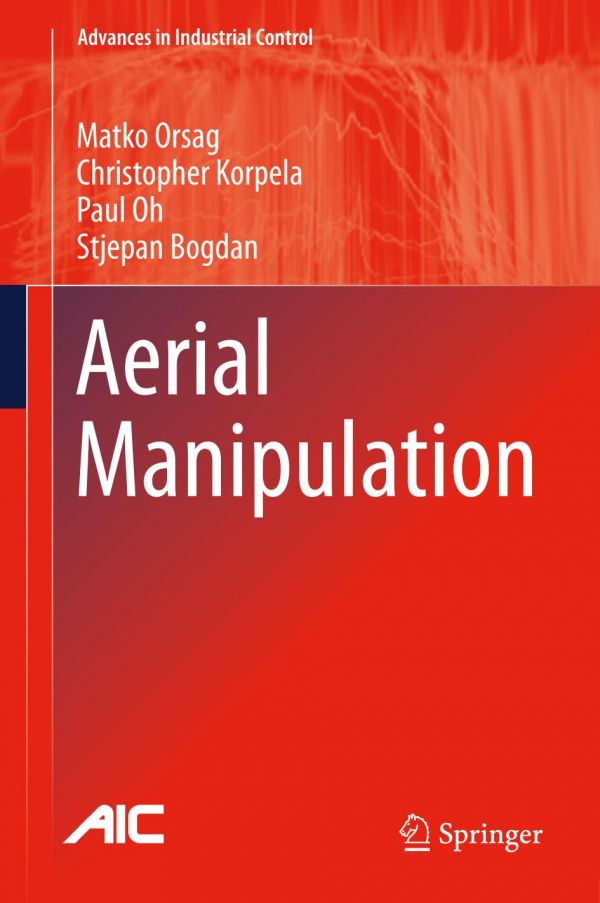

Most ebook files are in PDF format, so you can easily read them using various software such as Foxit Reader or directly on the Google Chrome browser.
Some ebook files are released by publishers in other formats such as .awz, .mobi, .epub, .fb2, etc. You may need to install specific software to read these formats on mobile/PC, such as Calibre.
Please read the tutorial at this link: https://ebookbell.com/faq
We offer FREE conversion to the popular formats you request; however, this may take some time. Therefore, right after payment, please email us, and we will try to provide the service as quickly as possible.
For some exceptional file formats or broken links (if any), please refrain from opening any disputes. Instead, email us first, and we will try to assist within a maximum of 6 hours.
EbookBell Team

0.0
0 reviewsThis text is a thorough treatment of the rapidly growing area of aerial manipulation. It details all the design steps required for the modeling and control of unmanned aerial vehicles (UAV) equipped with robotic manipulators. Starting with the physical basics of rigid-body kinematics, the book gives an in-depth presentation of local and global coordinates, together with the representation of orientation and motion in fixed- and moving-coordinate systems. Coverage of the kinematics and dynamics of unmanned aerial vehicles is developed in a succession of popular UAV configurations for multirotor systems. Such an arrangement, supported by frequent examples and end-of-chapter exercises, leads the reader from simple to more complex UAV configurations. Propulsion-system aerodynamics, essential in UAV design, is analyzed through blade-element and momentum theories, analysis which is followed by a description of drag and ground-aerodynamic effects.
The central part of the book is dedicated to aerial-manipulator kinematics, dynamics, and control. Based on foundations laid in the opening chapters, this portion of the book is a structured presentation of Newton–Euler dynamic modeling that results in forward and backward equations in both fixed- and moving-coordinate systems. The Lagrange–Euler approach is applied to expand the model further, providing formalisms to model the variable moment of inertia later used to analyze the dynamics of aerial manipulators in contact with the environment. Using knowledge from sensor data, insights are presented into the ways in which linear, robust, and adaptive control techniques can be applied in aerial manipulation so as to tackle the real-world problems faced by scholars and engineers in the design and implementation of aerial robotics systems. The book is completed by path and trajectory planning with vision-based examples for tracking and manipulation.